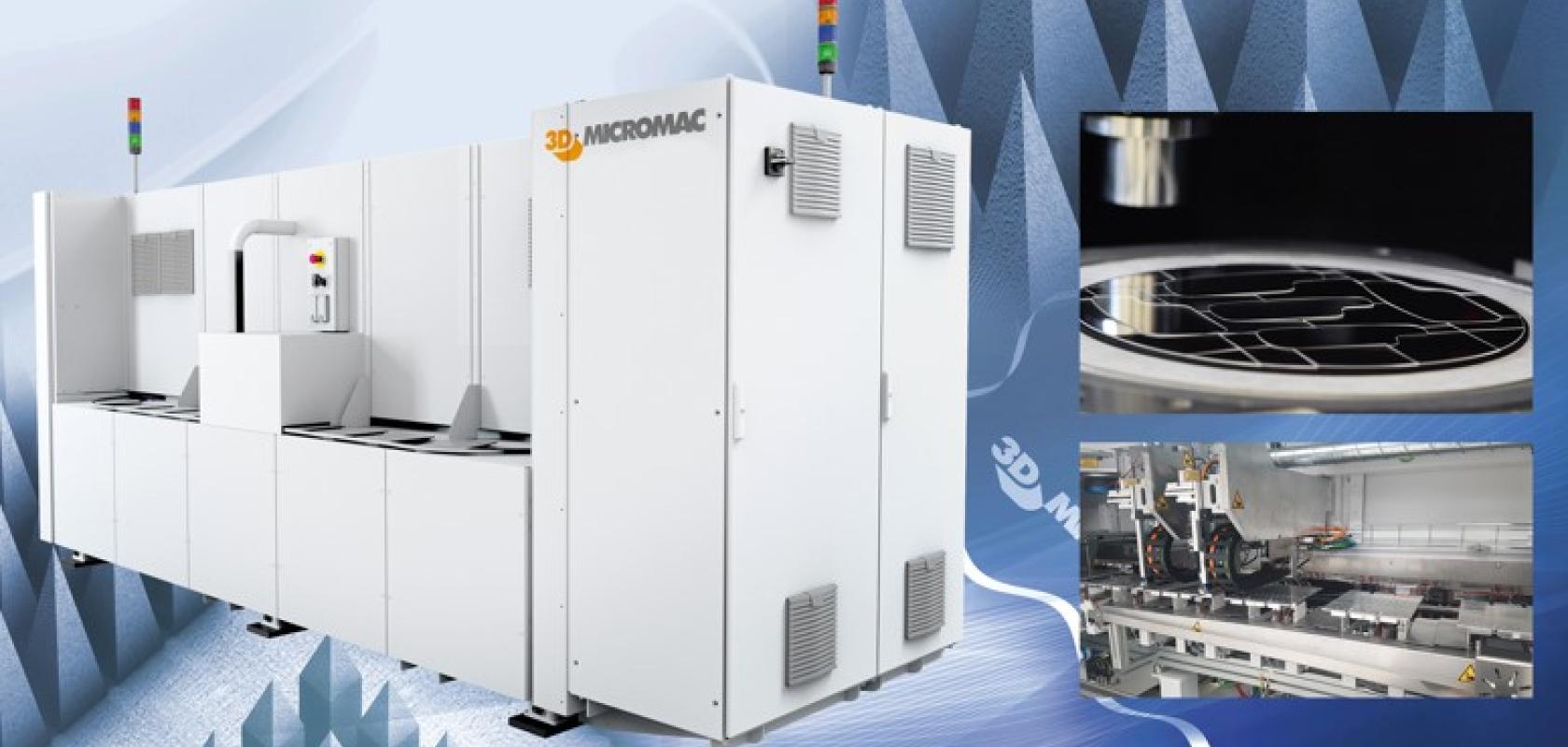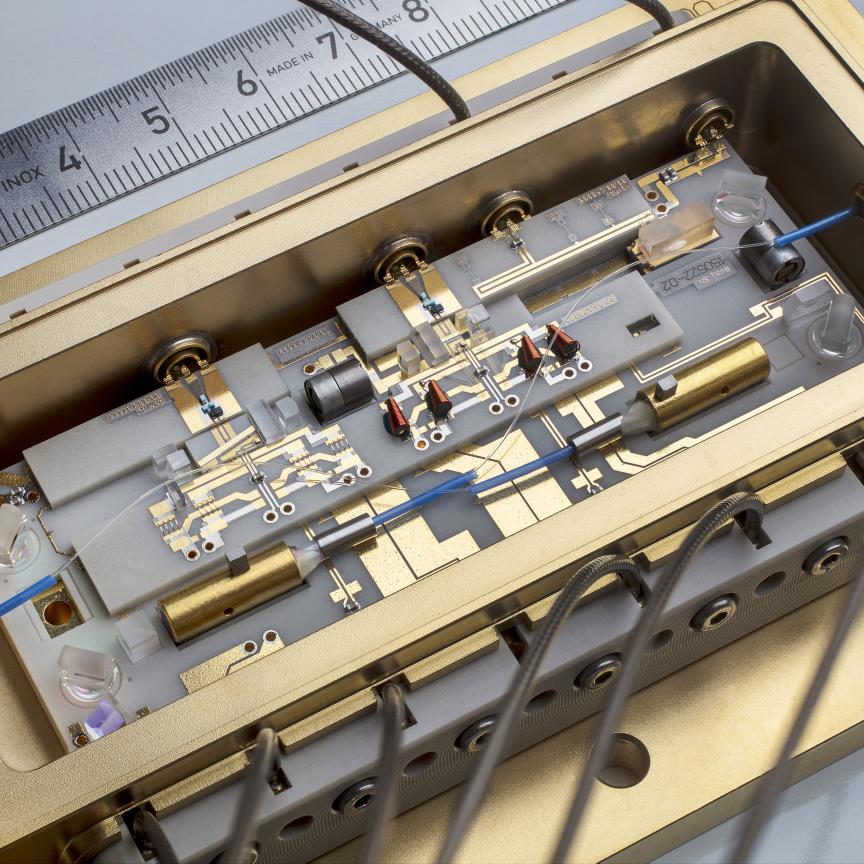As the industrialisation of waveguide-based augmented reality (AR) devices progresses, considerations around design based shaping of the waveguides, as well as robustness, move into focus. Automated approaches to cutting AR eyepieces made of high-index glass are a high priority.
Schott and 3D-Micromac teamed up to get a deeper understanding of the process fracture strength interaction of glass used for AR eyepieces. The final goal was to provide AR device makers with a matching material and equipment solution that provides a reliable and scalable solution for cost-effective waveguide manufacturing from lab scale to mass production.
Optimised laser-based separation process for high and predictable bending strength
By combining their experience in material science and equipment building, 3D-Micromac and Schott were able to significantly advance the understanding of high strength and high-throughput cutting of RealView1.8 high-index glass.
It was shown that it is possible to create a model to predict the characteristic value of the strength of each side of a cut specimen. This model allows the deployment of the optimal laser source and laser parameters to develop a stable, mass-production-ready process, creating significantly higher and equal strength on both sides of the glass. In addition, the model allows tailoring of the process to specific strength needs of the application and applies to other glasses of the RealView family, such as RealView1.9 lightweight 1,2.
According to Matthias Jotz, Head of Product Management for Augmented Reality at Schott: “High-refractive-index glass is a key component for achieving optimum field of view and first-class image quality for AR headsets, providing the ultimate user experience. To scale up manufacturing on our patented Schott RealView high-refractive index glass products, it is critical that we partner with the right equipment suppliers that can support our manufacturing goals with enabling process solutions. Schott has worked with 3D-Micromac over many years, and their expertise in laser micromachining make them an ideal partner for developing a dedicated laser cutting technology for our AR products.”
microPOLAR: A modular laser system scalable from lab to mass production use
Based on the technology development results, a modular and scalable laser machine that supports throughputs from the lab scale up to mass production was developed. The modularity of the new microPOLAR system ensures that the stable and mass-production-ready process is already fully implemented in the lab-scale form of the equipment.
The high-volume manufacturing-capable laser micromachining system can achieve a throughput of nearly 600 AR eyepieces per hour, or approximately five million AR eyepieces annually in 24/7 production. While the laser micromachining process and the system will be optimised for Schott RealView, 3D-Micromac has ensured its compatibility with other materials to sell the system to any end customer for any glass product.
In addition, this modularity concept avoids the high capital cost associated with purchasing a separate mass-production-ready system since higher throughput can be attained by simply adding more modules in the field.
“3D-Micromac has been offering innovative laser machining solutions for the AR device market for several years, and this strategic partnership with Schott, one of the foremost leaders in specialty glass, will further position us as a leading solutions provider for this high-growth-potential market,” says Uwe Wagner, CEO of 3D-Micromac. “Schott’s strong know-how and expertise in glass processing and material science, coupled with our leadership in laser micromachining, will enable us to develop new process solutions that can improve the bending strength of high-refractive-index glass to optimise yields while reducing production costs.”
References
1 Proceedings Volume 11988, Laser Applications in Microelectronic and Optoelectronic Manufacturing (LAMOM) XXVII; 1198805 (2022) https://doi. org/10.1117/12.2610081 Event: SPIE LASE, 2022, San Francisco, California, United States
2 Proceedings Volume 12449, Optical Architectures for Displays and Sensing in Augmented, Virtual, and Mixed Reality (AR, VR, MR) IV; 124491U (2023) https:// doi.org/10.1117/12.2649865 Event: SPIE AR | VR | MR, 2023, San Francisco, California, United State
More information
Find out more about 3D-Micromac’s innovative laser processes for the display and smart glass market


